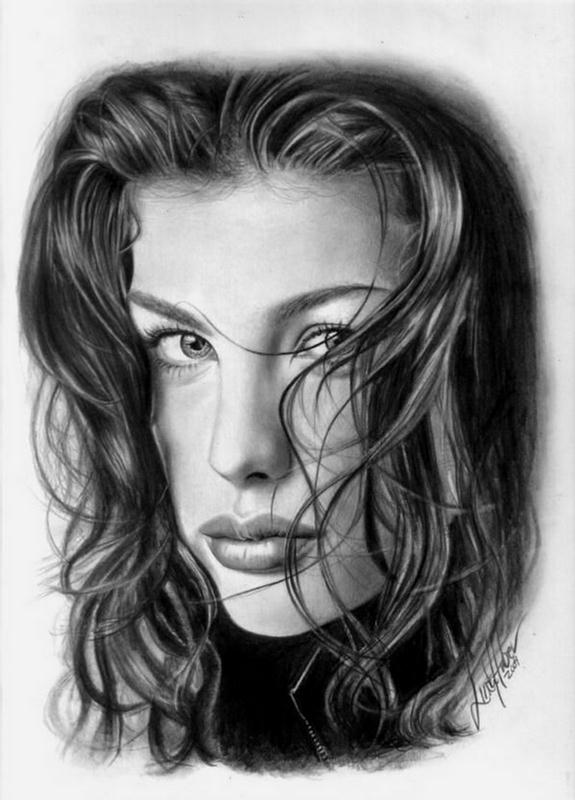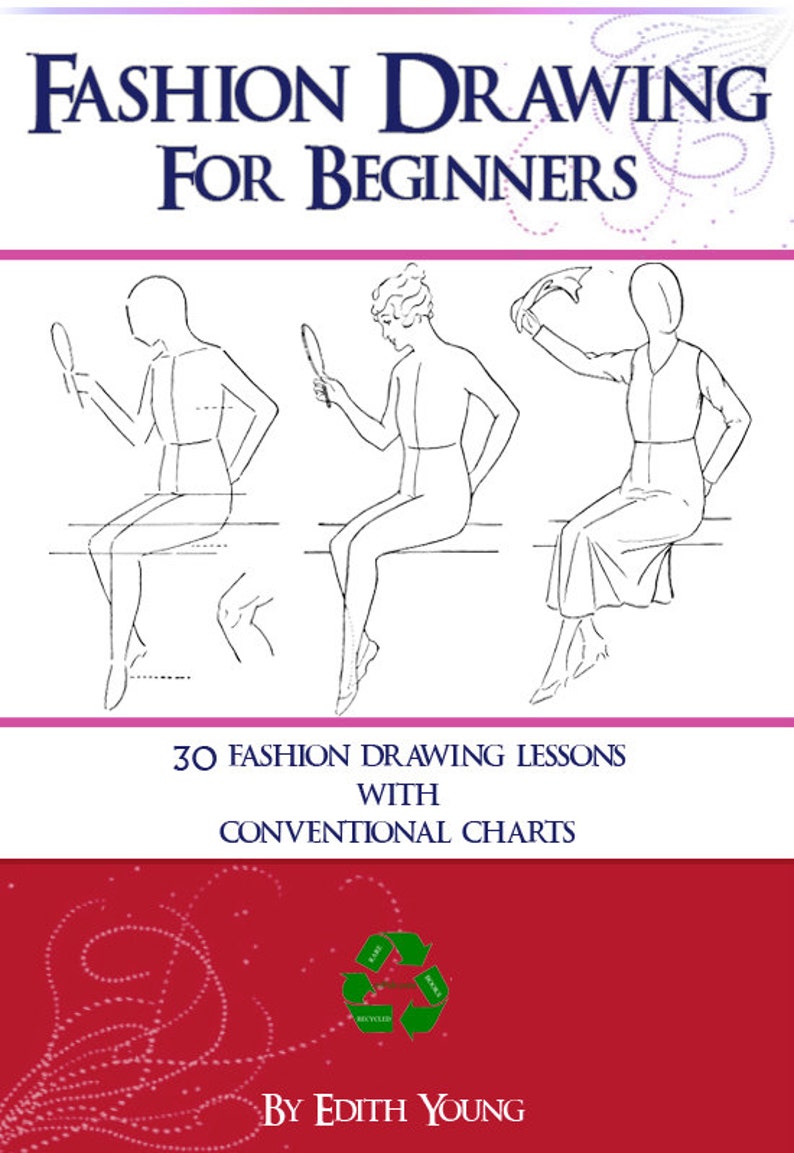
For example, you could use light strokes to create a smooth texture, while darker strokes would indicate more pronounced details like folds or pleats. Then use various shades and tones of a pencil to create the texture. To get a sense of the fabric’s texture, start by lightly outlining the fabric with a pencil. This will help you to create a realistic and accurate sketch. When you’re drawing the fabric, be sure to include all the details, such as textures, folds, and pleats. Finally, add any final touches like flowers or a background. Add a hat, sunglasses, necklace, or other small details to help make your sketch more realistic. Use light sources to create reflections on different surfaces.? Once you have your basic elements down, start adding in accessories. Add highlights or shadows to give depth and dimension. Add in any folds or pleats in the fabric.? Use strong lines to indicate where buttons or closures are. Start with the basic shapes of the outfit, like arms and legs. Use the grid to help get accurate proportions and angles. This will help you capture the details of the outfit. Once you have your outline, start adding detail ( see image above).

By following these tips, you’ll be able to create accurate sketches that will look great on paper or in an online portfolio! Add detail

Whichever method you choose, be sure to pay close attention to the proportions and shapes of the clothing, as well as the angles and lines that are used in the drawing. If you want to get creative, you could even start with a rough idea of the clothing and then fill in the details later. You can start with a basic sketch, and then add more detail or shading as you go. There are a few different ways to start drawing fashion sketches.


 0 kommentar(er)
0 kommentar(er)
